Using Google Apps Script, I generate G-Slides based on a template (first slide top left) as shown below...
...from a Google Sheet where each row has a set of attributes corresponding to its respective slide:
Furthermore, a trigger has been set to execute the Google Apps script 'On Open' (i.e. upon refreshing the document) in G-Sheet.
The script currently duplicates the first slide (the template) per rows with complete information, and feeds the variables from G-Sheet as designated in the {{brackets}} onto the template slide (i.e. the template_value matches the template_field).
function fillTemplateV3() {
// Id of the slides template
var PRESENTATION_ID = "PRESENTATION ID HERE";
// Open the presentation
var presentation = SlidesApp.openById(PRESENTATION_ID);
// Read data from the spreadsheet
var values = SpreadsheetApp.getActive().getDataRange().getValues();
// Replace template variables in the presentation with values
let hdr = values.shift()
values.forEach(row =>{
let templateSlide = presentation.getSlides()[0].duplicate()
for ( var i = 0 ; i < 4; i++){
let templateField = hdr[i]
let templateValue = row[i]
let logo = row[4]
console.log(logo)
templateSlide.replaceAllText(templateField, templateValue)
templateSlide.getShapes().forEach(s => {
if (s.getText().asString().trim() == "{{logo}}") s.replaceWithImage(logo);
});
}
}
);
}
The issue I'm having is that the script is additive, i.e. each time the script is executed it keeps on adding slides on top of those already created. I am not convinced that adding a function to delete the Slides before executing the for loop is efficient to address this issue.
How do I execute the script so that the number of slides in G-Slides correspond to the number of rows in G-Sheets? I.e. if I have 3 rows filled with information in G-Sheet, I should only have 4 slides total (counting the template slide). Right now, every-time the script executes, slides are added to the G-Slide document, so that if I add a fourth row, execute the script, and the script ran once before, I end up with 8 slides total. Instead I want to generate 4 slides, not counting the template slide.
Edited to clarify the code's objective.


